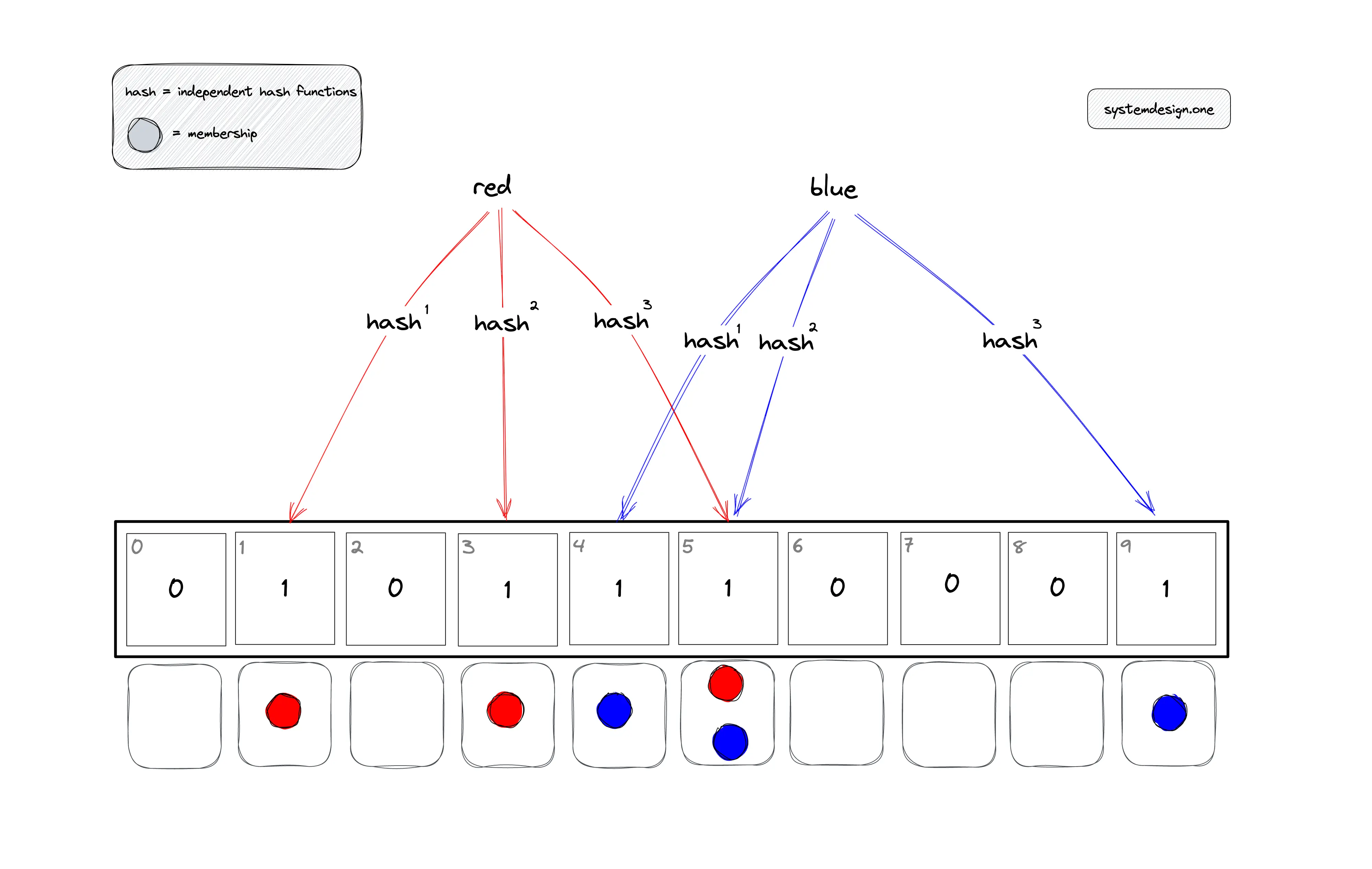Exploring the Power of Bloom Filters in System Design
Explore the fundamental principles behind Bloom Filters, a probabilistic data structure designed to test whether a given element is a member of a set.
Introduction
Hi Dev's. In the realm of computer science and system design, efficiency is often the key to success. One fascinating tool that has gained popularity for its ability to provide fast and memory-efficient approximate set membership tests is the Bloom Filter.
In this article, we'll delve into the world of Bloom Filters, understanding their principles, applications, and how they can be a game-changer in various systems.
Understanding Bloom Filters:
Core Principles:
Explore the fundamental principles behind Bloom Filters, a probabilistic data structure designed to test whether a given element is a member of a set.
Uncover the mathematical foundations and trade-offs involved in achieving space efficiency at the cost of minimal risk of false positives.
Data Structure and Operations:
Delve into the internal structure of Bloom Filters, examining the bit array and the hash functions that make up the core of this data structure.
Understand how elements are inserted and queried in a Bloom Filter, and how its design lends itself to high-speed operations.
Applications of Bloom Filters
Caching and Databases
Explore how Bloom Filters are employed in caching mechanisms and databases to quickly eliminate unnecessary disk reads or database queries, optimizing overall system performance.
Discuss real-world examples where Bloom Filters have been successfully integrated to enhance caching efficiency.
Networks and Distributed Systems:
Uncover the role of Bloom Filters in networking and distributed systems, particularly in scenarios where bandwidth and latency constraints demand clever solutions.
Highlight instances where Bloom Filters have been utilized to minimize the communication overhead between nodes in a distributed system.
Web Security:
Investigate how Bloom Filters can be a powerful tool in combating false positives in web security applications, where quickly identifying malicious elements is crucial.
Discuss the integration of Bloom Filters in systems that deal with large-scale URL filtering and phishing detection.

Optimizing Bloom Filters
Tuning and Trade-offs:
Examine the factors that influence the performance of Bloom Filters and explore strategies for tuning them to suit specific use cases.
Discuss the trade-offs involved in choosing the optimal size of the bit array, the number of hash functions, and other critical parameters.
Combining Data Structures:
- Investigate how Bloom Filters can be combined with other data structures to create hybrid solutions that leverage the strengths of each, addressing limitations and enhancing overall efficiency.
Conclusion
In conclusion, Bloom Filters stands as a testament to the ingenuity of probabilistic data structures. As we continue to explore new avenues in system design, understanding the principles and applications of Bloom Filters becomes increasingly important.
Leave your comments & share them with your friends for more content like this.

